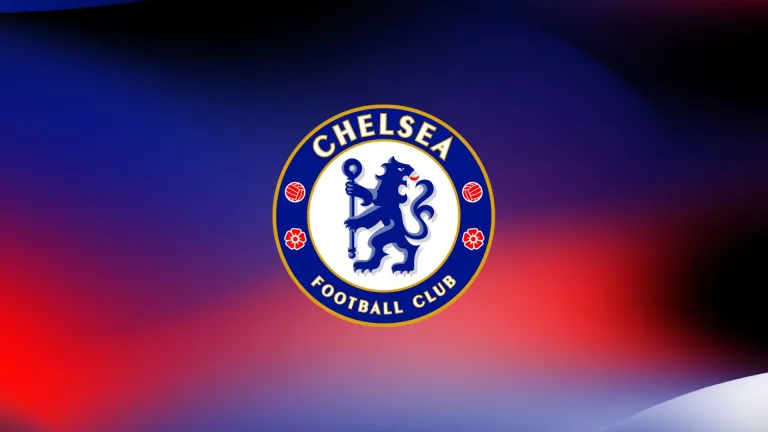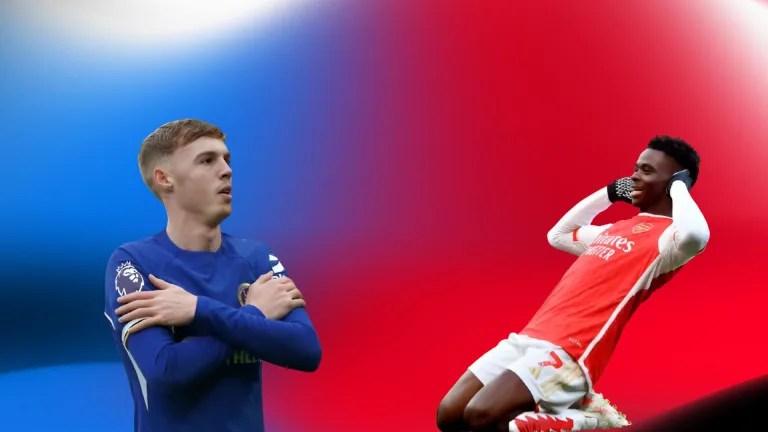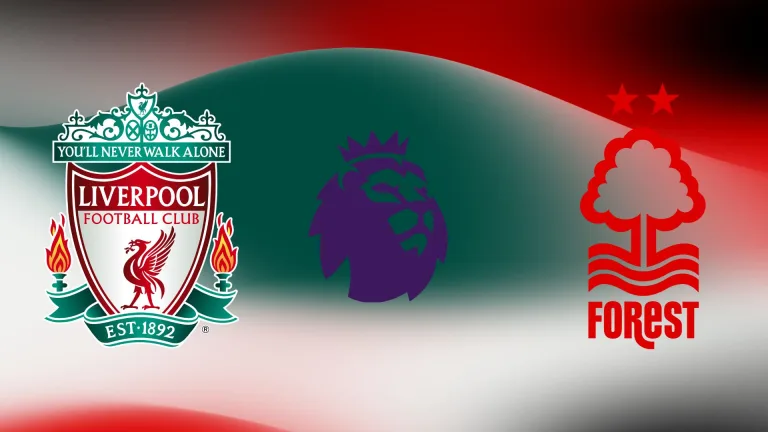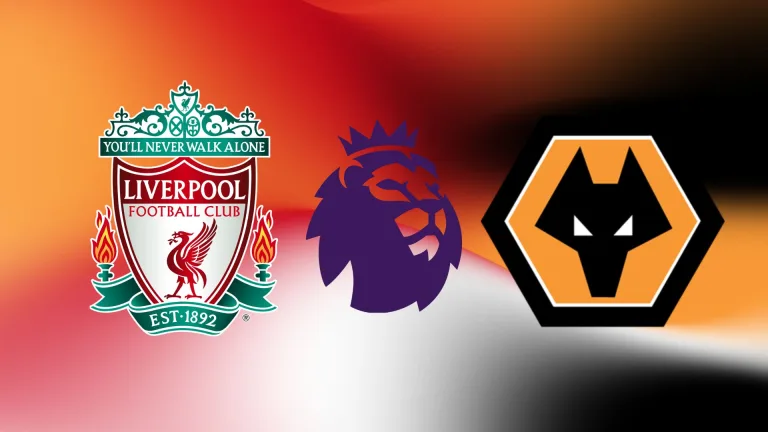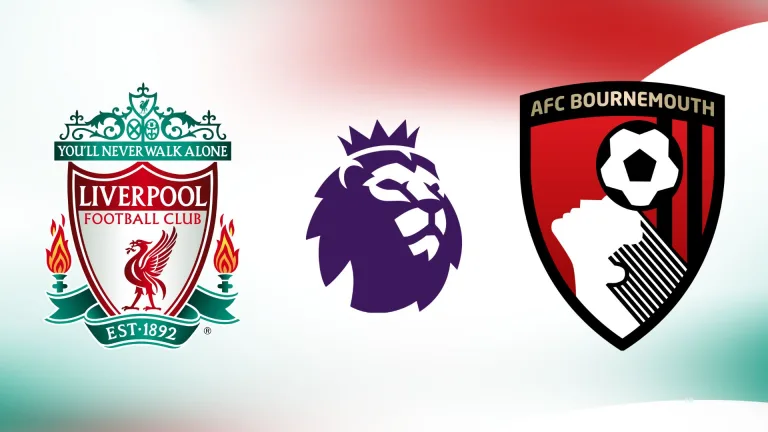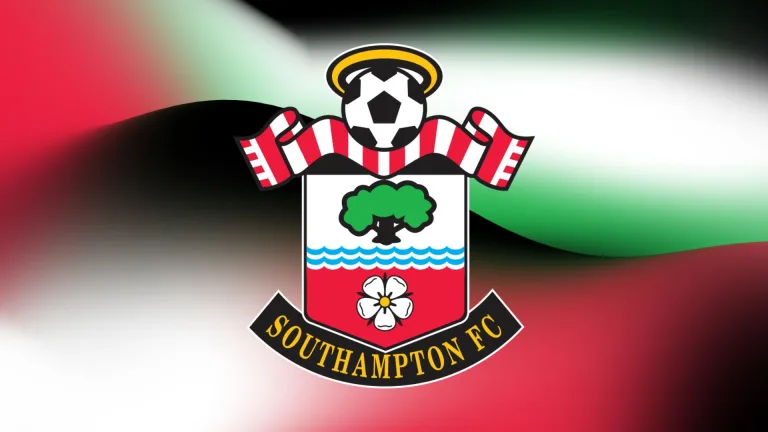How Arne Slot Outmaneuvered Erik ten Hag: Tactical Breakdown of Liverpool’s 3-0 Triumph
Arne Slot’s start as a Premier League manager is the dream debut, winning his first Northwest Derby with a commanding 3-0 victory over Manchester United. Standout performances from Mohamed Salah and Luis Díaz led Liverpool to dismantle a United side that once again showcased its defensive frailty and vulnerability against top teams.
Slot Sticks, Ten Hag Shuffles: Key Lineup Changes
Arne Slot sticks with the starting XI that secured his second win of the season, a 2-0 victory over Brentford.
Meanwhile, Erik ten Hag makes some adjustments for Manchester United, reintroducing Alejandro Garnacho as a starter on the right wing in place of Amad Diallo. Matthijs de Ligt also makes his debut in the defensive line, while Mason Mount’s injury against Brighton last week opens the door for another new signing, Joshua Zirkzee, to join the starting XI.
Salah’s Brilliance and United’s Mistakes Seal Liverpool’s Triumph
The game began with a disallowed goal from Trent Alexander-Arnold in the 7th minute, as Mo Salah was caught offside in front of the net. United started strong, pressing with high energy and controlling 65.3% of possession in the first 20 minutes. However, in the 35th minute, a misplaced pass from Casemiro in midfield allowed Mohamed Salah to deliver an inch-perfect cross to Luis Díaz, who headed home at the back post to give Liverpool the lead.
Just seven minutes later, Casemiro was again at fault, losing possession deep in his own half. Díaz capitalized once more, finishing off a swift Liverpool counter-attack to double Arne Slot’s advantage in his first test against a big team.
Manchester United’s suffering continued after the break. In the 56th minute, another turnover in midfield—this time by young midfielder Kobbie Mainoo (proving you can change the player but not the problem)—led to Salah scoring Liverpool’s third goal. The Egyptian forward received a pass from Dominik Szoboszlai on the edge of the box and fired a precise shot past André Onana, effectively sealing the victory.
Despite a close expected goals (xG) output—1.36 for Manchester United and 1.73 for Liverpool—the home side rarely threatened Alisson Becker’s goal. Joshua Zirkzee had a couple of chances in the second half, but his efforts went wide, and Liverpool’s defense, marshaled by Virgil van Dijk, remained solid.
The Midfield Gap is Growing
The Gap During United’s Build-up Play
When examining United’s build-up play—when they attempt to build from the back rather than Onana resorting to long balls—one key aspect stands out.
The center-backs drop wide, with Casemiro positioned between them and slightly higher up. Diogo Dalot pushes up the pitch, almost in line with Casemiro, while Mazraoui advances high, with his average position close to Alejandro Garnacho.
Kobbie Mainoo, United’s second pivot, plays further up in midfield, while Casemiro sits deeper. Bruno Fernandes shifts slightly to the left, Rashford provides width on the left flank, and Zirkzee roams centrally.
With Mazraoui and Dalot (at times) pushed so far up the pitch, it’s crucial for United to avoid being exposed in transitions where they could be outnumbered, a situation that poses significant risk.
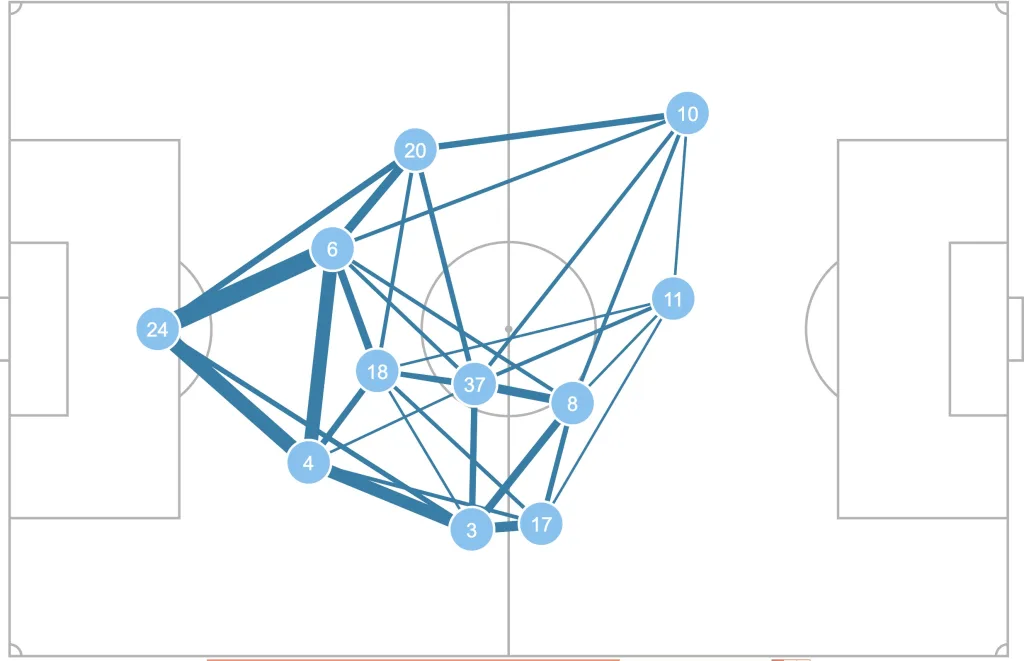
So with Casemiro giving up the ball during build up for Liverpool’s first goal, the left wing was completely exposed and there were acres of space for Luis Diaz to receive Salah’s cross and score the first goal of the evening.
Mazraoui was so far up the pitch that he had no chance of catching up to Luis Díaz. The same happened with Dalot, as Mohamed Salah raced far ahead toward Onana’s goal. This left United with just their two center-backs and Casemiro trying to stop a five-man counterattack.
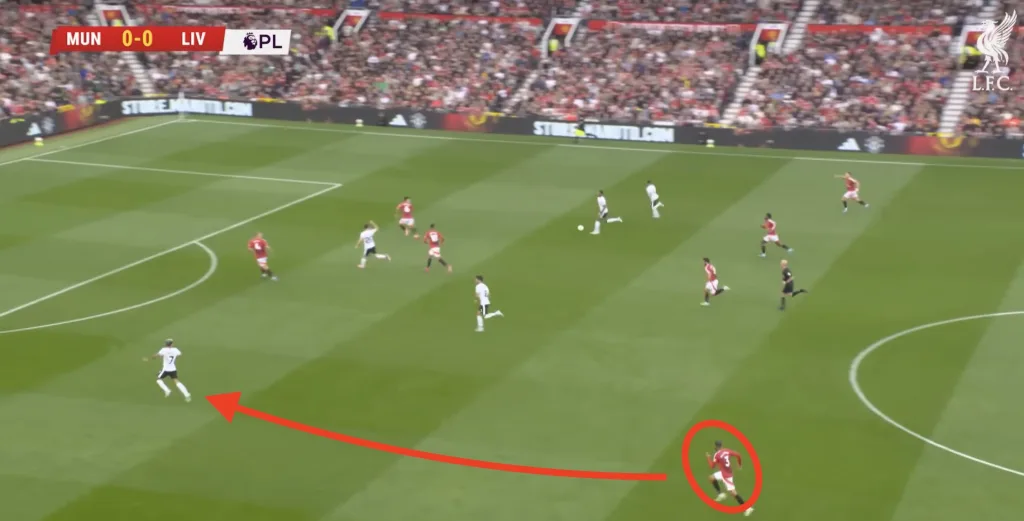
The same scenario unfolded when Salah sealed Arne Slot’s first Northwest Derby win. This time, the other wing was exploited, as Diogo Dalot was caught higher up the pitch when Kobbie Mainoo lost the ball in midfield. The recurring theme was clear: United were completely overrun and outnumbered in transition.
Leaving yourself exposed to transitions isn’t necessarily a problem if you can either fall back quickly enough to avoid being outnumbered in front of your own goal or if you don’t give up the ball easily in dangerous areas. However, in this game, Manchester United lost possession in their defensive third a staggering 44 times, compared to Liverpool’s 28.

The Gap During United’s Pressing
United pressed in a 4-2-4 formation, with Joshua Zirkzee and Bruno Fernandes in the center, Alejandro Garnacho and Marcus Rashford on the wings, and the Casemiro-Mainoo pair behind them.
Once again, this left a trademark gap in midfield, which Arne Slot exploited perfectly through Ryan Gravenberch, who consistently carried the ball forward. Liverpool’s quality passers at the back, including Trent Alexander-Arnold, who scored early on, further emphasized this vulnerability.
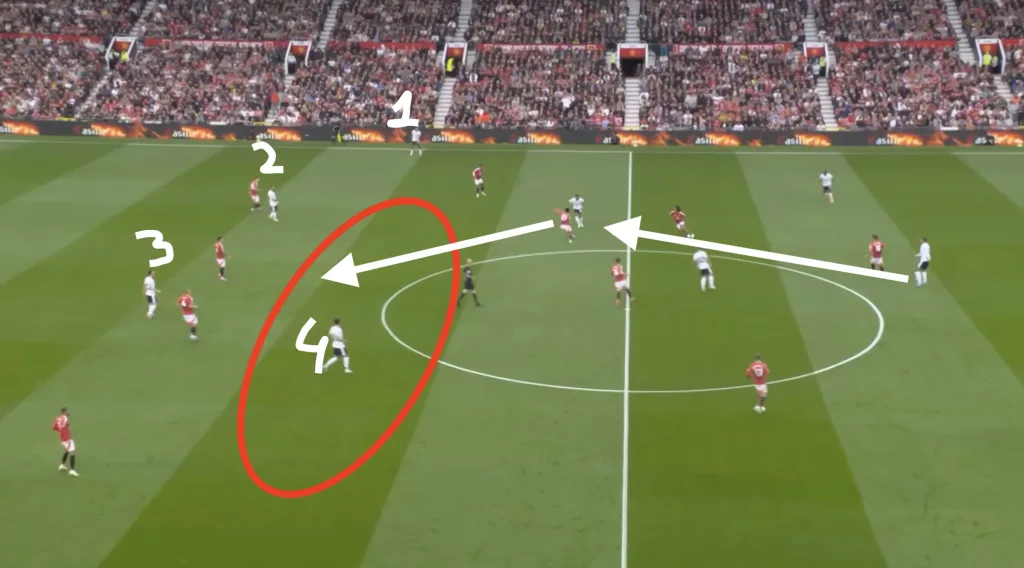
Virgil van Dijk delivered a line-breaking pass to Gravenberch, who was positioned between United’s midfield lines. Gravenberch turned to face the goal and made a run that ended at the edge of the box, leaving Liverpool in a 5v4 situation. Essentially, whenever Liverpool managed to bypass United’s press, it was a free opportunity to sprint and drive the ball up the pitch to Onana’s box.

Looking at the individual pass map, we can see many progressive and line breaking passes that came from Liverpool’s back four, with all defenders providing progressive passes that broke Manchester United’s pressing and put them in a difficult situation.
Erik ten Hag’s Overreliance on Players
Manchester United doesn’t necessarily have a defined system or strict positional guidelines to rely on. For example, in this game, there wasn’t an overarching tactical motif. In contrast, Liverpool displayed clear patterns, like the triangles formed by their back three and pivots, drawing in the press and breaking through with line-breaking passes or diagonals aimed at Salah on the right wing.
Erik ten Hag relies on his players to perform well and compensate for the lack of a system. While this approach isn’t inherently problematic—many managers do the same—the issue arises when the players don’t perform. In such cases, the manager’s strategy falters. This was evident in this game: Casemiro didn’t perform, and without a safety net of a solid system or positional play basics, there was nothing for the team to fall back on when things went south.
Conclusions
Liverpool’s 3-0 victory over Manchester United in the Northwest Derby highlighted the contrasting approaches of the two teams. While Liverpool’s structured system, clear tactical patterns, and standout individual performances, particularly from Mohamed Salah and Luis Díaz, enabled them to dominate, Manchester United’s lack of a coherent system was evident.
Erik ten Hag’s reliance on individual player performances rather than a defined tactical framework left United vulnerable. When key players like Casemiro faltered, the team’s deficiencies were exposed, leading to repeated failures in both defense and attack. This match serves as a stark reminder that without a solid system to fall back on, even talented players can struggle to deliver consistent results. As the season progresses, ten Hag may need to reassess his approach to ensure that United can compete at the highest level, particularly against top-tier teams like Liverpool.

